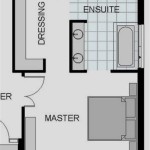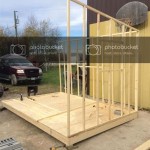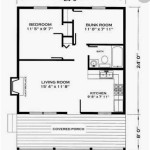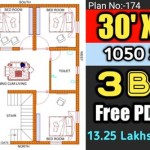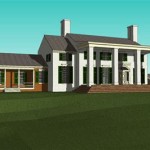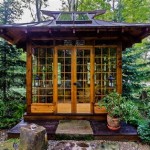Essential Aspects of Compressed Earth Block House Plans
Compressed earth blocks (CEBs) have gained immense popularity in sustainable architecture due to their environmental friendliness, cost-effectiveness, and durability. When crafting compressed earth block house plans, careful consideration of specific aspects is crucial to ensure the longevity and functionality of your dream home.
Material Selection
The quality of CEBs is paramount to the structural integrity of your home. Look for blocks made from high-quality soil with minimal organic matter. Consider the compressive strength of the blocks, as it determines their load-bearing capacity. Blocks with higher compressive strength are ideal for multi-story structures.
Foundation and Wall Design
CEBs have specific requirements for foundations and walls. Opt for a solid foundation to evenly distribute the weight of the house. Walls should be designed to accommodate the compressive strength of the blocks and provide adequate insulation. Consider using reinforced concrete ring beams at regular intervals to enhance structural stability.
Moisture Control
Moisture management is essential for CEB houses. Implement effective waterproofing measures such as damp-proof courses, drainage channels, and protective coatings to prevent moisture penetration. Ensure proper roof overhangs to direct rainwater away from the walls. Proper ventilation is also crucial to prevent moisture buildup within the structure.
Thermal Insulation
To maintain a comfortable indoor environment, incorporate insulation into your CEB house plans. CEBs themselves provide some insulation, but additional materials such as straw bales, recycled cellulose, or foam insulation can significantly improve thermal performance. Wall thickness and the use of double walls can also contribute to better insulation.
Structural Reinforcement
While CEBs are inherently strong, consider structural reinforcement for enhanced durability. Include steel or bamboo reinforcements in the walls for increased resistance to seismic activity and lateral forces. Additionally, incorporate lintels and arches over windows and doors to distribute the load effectively.
Architectural Features
Incorporating architectural features such as arches, curves, and recesses can enhance the aesthetic appeal of your CEB house. These features not only add character but also provide structural advantages by distributing loads more efficiently. Consider incorporating sustainable materials like recycled wood or bamboo for window frames and doors.
Construction Considerations
Proper construction techniques are vital for the longevity of CEB houses. Ensure that the blocks are laid in a staggered pattern with minimal mortar joints. Use a specialized mortar suitable for CEBs and employ skilled laborers experienced in CEB construction. Allow ample time for curing to achieve maximum strength.
Conclusion
Creating a robust and sustainable compressed earth block house plan requires careful consideration of the aspects outlined above. By selecting quality materials, designing a solid foundation and walls, implementing effective moisture control and thermal insulation, incorporating structural reinforcement, integrating architectural features, and adhering to proper construction techniques, you can create a beautiful and enduring home that stands the test of time.

Matt Compressed Earth Block House Root Down Designs

Solar Adobe House Plan 1576 Affordable Solaradobe Plans

Green Home Building Rammed Earth

Compressed Earth Blocks Manual Of Design And Construction

Buildings Free Full Text Impact Of The Design Walls Made Compressed Earth Blocks On Thermal Comfort Housing In Hot Climate

Rammed Earth Solar House Plan 1680 Affordable Plans

Compressed Earth Blocks Manual Of Design And Construction Architecture For Housing

Compressed Earth Block Homes Building Plans Designs

The Runges Earth Block Eco Ranch

Austin S Cool House Tour Features Refined Compressed Earth Block Nanawall

